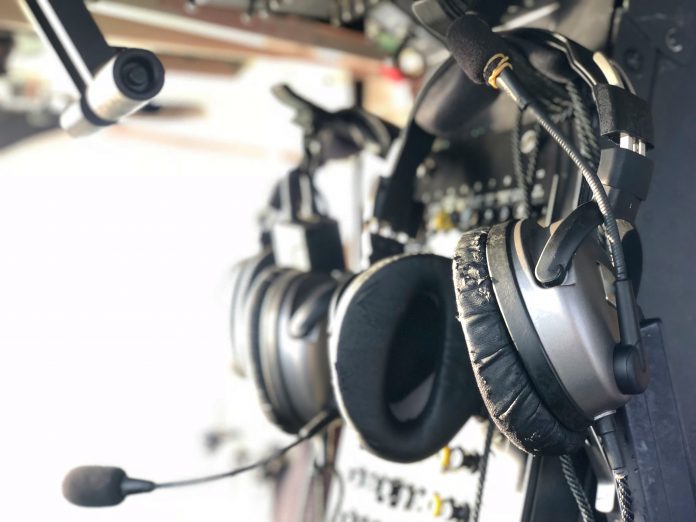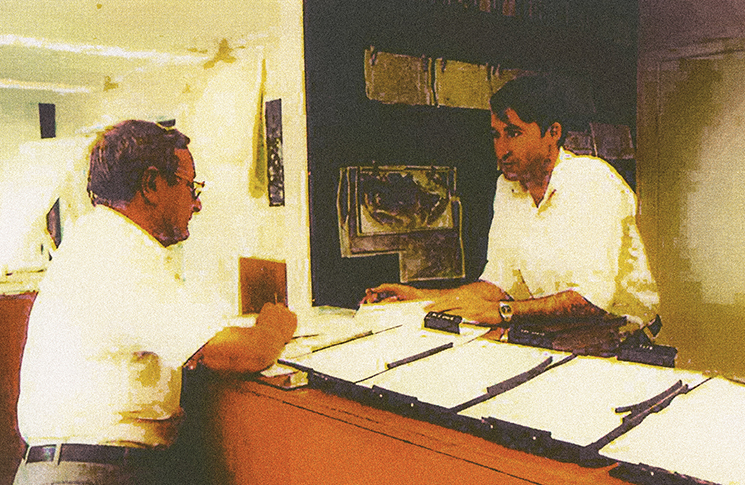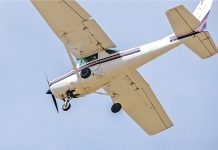The key to safety when using the radio in your aircraft is to pause before speaking. The discipline of a moment’s silence between keying the microphone and starting to speak can make a huge difference.
The reason behind this procedure is that frequency congestion is a common cause of communication breakdown in aviation.
It’s important to remember a single radio frequency is capable of handling only a limited number of radio messages within any specified time. The limitations are determined by multiple factors including length of each transmission, number of aircraft, frequency re-transmission and associated workload.
With an increase in radio traffic, the frequency can become congested and the possibility of over-transmission by ATC or a pilot becomes an issue.
This congestion of a frequency can lead to important calls being missed or critical information being lost. For example, a pilot reporting downwind or broadcasting traffic information on a CTAF may not be heard, if this coincides with the transmission from another aircraft. There is also the possibility of callsign confusion or a pilot intercepting a call intended for another aircraft.
All occurrences resulting from frequency congestion can have significant implications for safety performance, although once identified as an issue, the problem can be managed effectively. In doing so, it is important to maintain good radio procedures and listen out for a break in transmissions before using the frequency.
Additionally, a delay in a response from ATC may be experienced, due to different priorities or calls being over-transmitted, so allow some time before repeating the transmission. The use of standard phraseology will also help with clear communication between pilots and ATC.
At times of high frequency congestion, pilot and ATC workload is increased due to the necessity to resolve any confusion. So remember—listen out and then take a short pause between keying the microphone and beginning to speak.
It could make all the difference to your radio call being heard.






Respectfully, surely the key time to pause is between selecting the frequency and keying the mike? After keying the mike means your transmission isn’t clipped. But it doesn’t protect against over-transmitting.
Exactly what I was going to post. The post-key pause is only to prevent clipping.
I agree also. When selecting a new frequency, the pre-keying pause prevents you from jumping in between two segments of another transmission and jamming the response. The responder of course doesn’t know about the jamming so everything rapidly turns to worms.
Be clear, be concise. Think about what you want to say before pushing the button.
And don’t waste everybody’s time with a short story.
Due to ATC transmitter locations, there are large areas of the country where ATC transmissions can not be heard in the lower levels. Therefore, when broadcasting on the area frequency from lower levels at an ALA, as is now permitted, there is the potential for jamming ATC transmissions.
Just listen to the chatter on the CTAF @ YCAB , it shares traffic with YCUD and trying to discern what is being communicated can be a real issue, many pilots over transmitting each other with long winded messages, YCAB traffic is the worst , I was on a flight out of YRED and switched YCAB/YCUD CTAF over Beachmere and all I heard was a long chat between a couple @YCAB wishing the a pilot happy birthday and chatting about what a great day it was for birthday flying and it went on and on!
Really! just keep it short,polite and to the point CTAF is not social, just do the call and let go of the xmit button I don’t care about your birthday I just want to know what you are doing so I can xref to my observations!